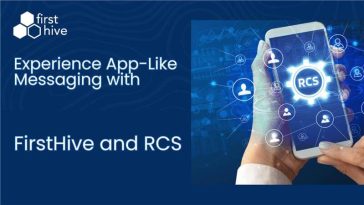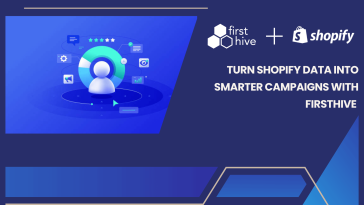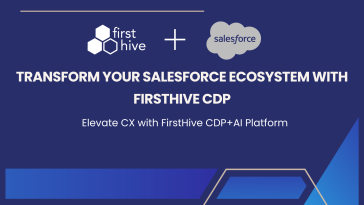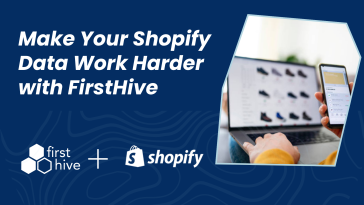In today’s data-driven world, businesses strive to understand and connect with their customers on a personal level. This connection goes beyond mere transactions; it’s about building meaningful relationships. One powerful tool that can help businesses achieve this is a Single Customer View (SCV).
What is a Single Customer View (SCV)?
A Single Customer View, also known as a 360-degree customer view, is a comprehensive and unified record of a customer’s interactions and behaviors across multiple channels and touchpoints. It brings together data from various sources and consolidates it into one centralized system.
Types of Data Collected in a Single Customer View
A Single Customer View collects a wide range of data about customers, including demographic information, purchase history, website interactions, social media engagement, and more. By aggregating all this data, businesses gain a holistic understanding of their customers’ preferences, behaviors, and needs.
How to Utilize a Single Customer View in Digital Marketing
A Single Customer View has numerous applications in digital marketing. Here are some ways businesses can leverage it:
- Personalized Marketing: With a Single Customer View, businesses can tailor their marketing messages and offers to individual customers based on their preferences and behaviors.
- Segmentation and Analytics: By analyzing the data within a Single Customer View, businesses can identify patterns and trends, allowing for more targeted segmentation and more informed marketing decisions.
- Customer Lifecycle Marketing: A Single Customer View enables businesses to understand and optimize the entire customer journey, from initial contact to post-purchase interactions.
- Data-Driven Marketing: With access to a comprehensive view of customer data, businesses can make data-driven marketing decisions and measure the effectiveness of their campaigns.
The Benefits of Applying a Single Customer View
Implementing a Single Customer View offers several benefits for businesses:
- Better Customer Service: With a Single Customer View, businesses can provide personalized and relevant customer experiences, leading to increased customer satisfaction and loyalty.
- Improved Marketing ROI: By delivering targeted and relevant marketing messages, businesses can optimize their marketing spend and improve their return on investment.
- Streamlined Operations: A Single Customer View eliminates data silos and provides a centralized source of customer information, making it easier for different departments to access and utilize customer data.
- Privacy Compliance: With stricter data privacy regulations, a Single Customer View helps businesses stay privacy-compliant by providing a centralized system for managing customer data and consent.
How to Create a 360-Degree Customer View
Creating a Single Customer View involves several key steps:
- Have a sound strategy in place: Define your goals, identify the data sources you need, and determine how you will collect and integrate the data.
- Merge user data from different sources: Bring together data from various touchpoints and systems, ensuring data accuracy and consistency.
- Resolve customer identities: Match and merge customer records from different sources to create a unified and accurate view of each customer.
- Ensure data quality: Regularly clean and validate your data to maintain its accuracy and integrity.
- Make the synthesized data available across the organization: Establish systems and processes to enable different departments and teams to access and utilize the Single Customer View.
Issues with Building a Single Customer View
While a Single Customer View offers significant benefits, there are challenges involved in building and maintaining it:
- Poor Data Quality: Inaccurate or incomplete data can impact the effectiveness of a Single Customer View.
- Disconnected Data: Data stored in different systems and formats can make it difficult to consolidate and integrate into a Single Customer View.
- Legacy Systems: Outdated or incompatible systems may hinder the ability to create a comprehensive Single Customer View.
Next Steps
Building and leveraging a Single Customer View requires ongoing effort and investment. Here are some next steps to consider:
- Continuously update and enhance your Single Customer View to reflect changes in customer preferences and behaviors.
- Invest in advanced analytics capabilities to derive actionable insights from the data within your Single Customer View.
- Explore Customer Data Platforms (CDPs) as a solution for managing and leveraging your Single Customer View.
A Single Customer View is a powerful tool that can transform how businesses connect with their customers. By understanding their customers on a deeper level and delivering personalized experiences, businesses can drive customer loyalty, improve marketing effectiveness, and achieve sustainable growth.








